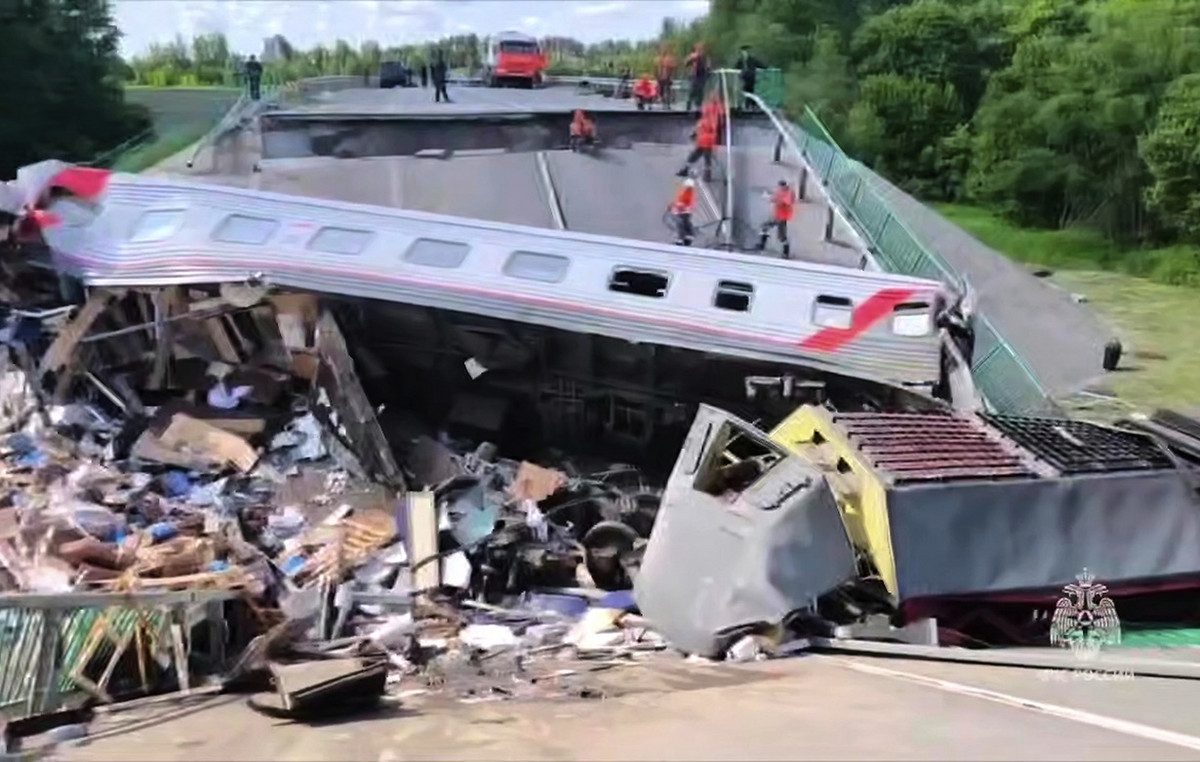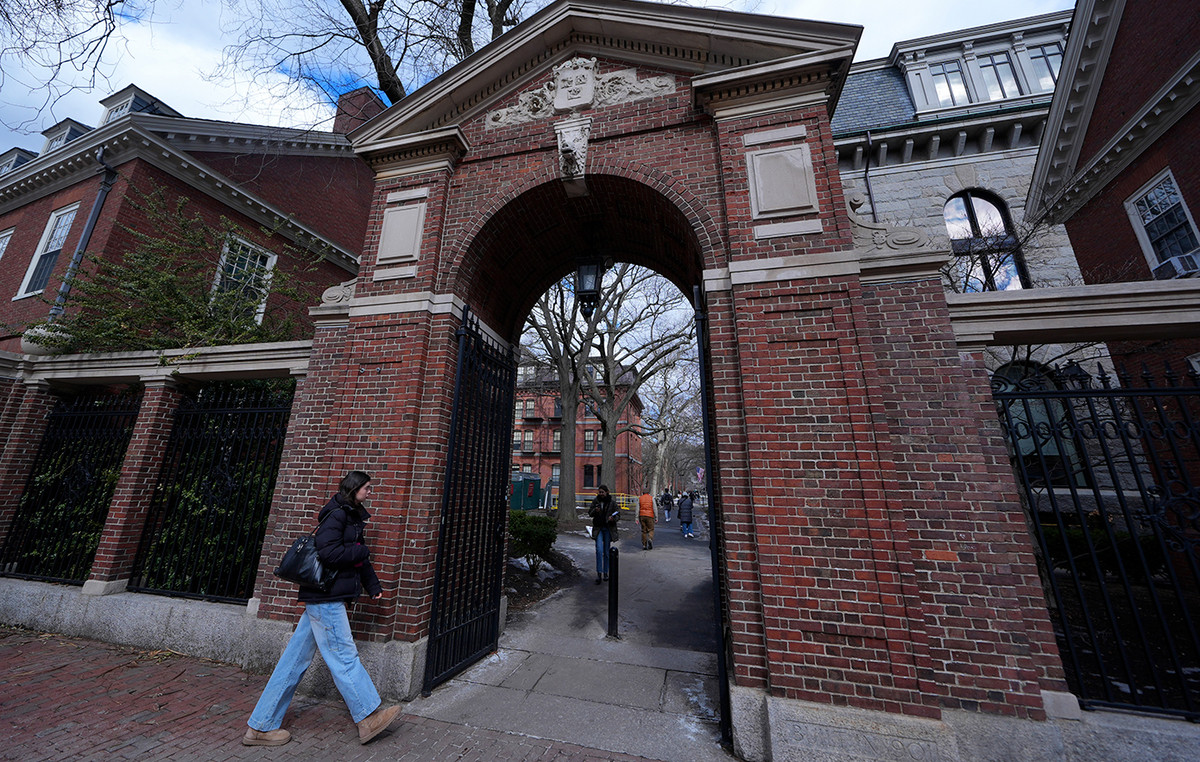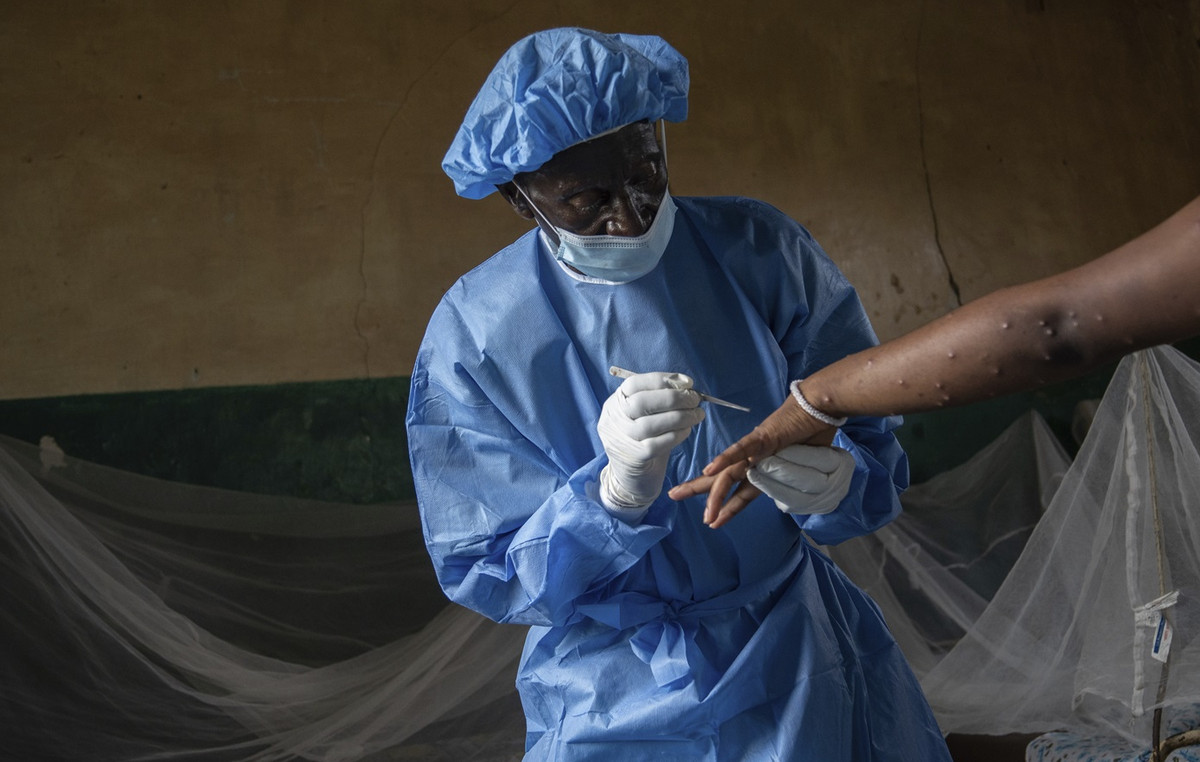Eighteen years after the murder of Chiara Poggi, the story of Garlasco suddenly returns in the spotlight of the news and justice. The reopening of the case shakes, divides, questions. The palm -raised imprint near the young man of the young woman and considered “irrelevant” in 2007 is today at the center of new investigations. A change of perspective that weighs, not only for the implications on the fate of Alberto Stasi, definitively sentenced to 16 years For that crime (and now in semi -freedom), but also for what he says about the state of Italian justice.
Why today, almost two decades away, do we question what had believed then closed? And what it means, from a legal and human point of view, to return to one’s steps in A case that has already crossed three degrees of judgmentwith final sentences?
To answer is the cassation lawyer Michela Scafettalawyer in Rome.
How is it possible that a closed case is questioned, how is Garlasco happens?
«It is possible because our judicial system, like any human system, is fallible. When strong tests are missing and we rely on clues, the risk of error is real. And when, after years, traces emerge first ignored or underestimated, the passage for the revision opens. But what bewilder is the original management of the case: neglected footprints, contamination, incomplete reconstructions. This is what leaves more perplexed ».
Why was Alberto Stasi condemned?
«Stasi was sentenced on the basis of a circumstantial system. No clear motive, no weapon, no witness. But according to the judges, some elements – such as the walking on the blood, the anomalies in IT stalking, the temporal dynamics – were sufficient to reach a sentence. A condemnation that, for many, continues to raise strong doubts ».
What are the legal conditions to reopen a case already judged, as in the case of Garlasco?
“The reopening can take place through an application for revision (art. 630 of the Code of Criminal Procedure), when new or new tests emerge suitable to unhinge the previous verdict. Or through the reopening of the investigations (art. 414 cpp), if the prosecutor acquires new relevant elements. But something concrete and not known at the time of the trial must be given to us. “
Is the reopening of the investigations after 18 years a rare event in our system?
«Yes, it is rare, but not impossible. We remember the case of Giuseppe Gulotta, detained for 22 years and then acquitted. Or Pietro Pacciani, in the context of the “monster of Florence”. Time, when the truth is not clear, is not necessarily an obstacle: justice can – and must – correct themselves ».
Is only the new DNA analysis technologies that have influenced the decision to reopen the case?
“No. New technologies help, but alone they are not enough. To affect, in case Garlasco seem to be neglected elements in 2007, testimonies re -emerged and, above all, the palm imprint that, at the time, was incredibly called “irrelevant” ».
What are the criteria for determining the legal usability of new scientific evidence in an already concluded process?
“The new tests must be new in a legal sense (not known or known at the time of the judgment) and suitable for only to exclude the sentence. They must also be legitimately acquired, in compliance with the law and with a guarantee of the contradictory “.
After so many years, how can you be sure that the finds are still intact and usable?
«The truth is that you cannot always be. In an ideal system, each find should be treated as a relic: taken with method, sealed, cataloged and kept according to rigorous protocols. But we know well that, in our system, this ideal is often far from reality. The chain of custody, which in theory should guarantee the integrity of the find from the crime scene to the forensic laboratory, in Italy is too often an uninheled formality. This is demonstrated years of processes based on poorly preserved tests, contaminated tracks, “lost” finds, archives held in precarious conditions. And above all, an investigative practice shows that, in many cases, is satisfied with summary reconstructions, of collective clues, of subjective interpretations, rather than objective data “.
In the case of Garlasco, we are talking about the palm imprint called “irrelevant”, and now considered central.
«And we ask ourselves: how has it been preserved? Who decided that it didn’t count anything? Why? These are questions that do not concern only a technical detail, but the entire credibility of the accusatory system. The superficiality with which, sometimes, investigations are conducted in this country is disconcerting. And often it does not depend on the bad faith, but on the lack of formation, time, tools, culture of doubt. We are looking for the guilty “plausible” instead of the truth, we are looking for a quick rather than just solution ».
Do other cases come to mind?
«All this leads us to a parallel that still burns today: the Yara Gambirasio case. After years from Bossetti’s sentence, it turned out that some fundamental finds, including the famous DNA, were destroyed, preventing the defense any further analysis. A very serious fact. Today that man is in prison with two life sentences, and the possibility of questioning the queen test has vanished forever. The chain of custody is not a technicality: it is the pillar that holds confidence in forensic science. And when it is treated lightly, justice itself fails ».
What are the protections provided for the suspects in reopened cases after many years, especially in terms of right to defense?
«The Constitution guarantees equality of weapons and presumption of innocence. The suspect has the right to be assisted, to know the documents, to participate in the investigations. However, defending themselves from ancient facts is more difficult. Memory fades, the witnesses disappear, the traces dissolve. This too should be evaluated seriously ».
Can we still trust Italian justice? On which bases?
«Trust in Italian justice is not obvious today. Indeed, it is put to the test every day by delays, investigative superficiality, contradictory sentences and by a judicial bureaucracy that often forgets the human face of the processes. The problem is not only in the striking cases, but in everyday life: forgotten files, measures copied by standard models, auditions managed in a distracted way, evidence collected with negligence. In many cases, justice does not listen, it does not deepen, does not verify. It is limited to pigeonhole the facts within the already built patterns. And this, for those who attend classrooms every day, is bleak. There is a dangerous idea, which is also insinuating between some operators of the law: which is enough a “reasonable plausibility” to close an investigation, to archive a lifetime. But justice cannot be satisfied with shortcuts. Justice is (or should be) an exercise of constant doubt, not a procedural automatism. Can we continue to have confidence? Only if we stop considering the system untouchable, and we begin to demand real reforms, real training, responsibility. And above all transparency. Trust is regained on the field, every day, with rigor, self -criticism and respect. And today, unfortunately, that trust is more an act of hope than a founded certainty ».
What does the case of Garlasco teaches us on the need to update the investigative and judicial methodologies over time?
«He tells us that backwardness kills the truth. Which serve updated scientific protocols, trained personnel, cutting -edge tools. And that the intuition cannot replace the tests. Justice must evolve, as science evolves. And it cannot afford superficiality, especially in the first moments of the investigation ».
How can a balance can be guaranteed between the need for justice and the protection of the rights of suspects in long -term cases?
«We need rigor, but also humanity. Justice does not mean hunting for the culprit at any cost. It means honest assessment of the facts, in compliance with the dignity of those who are under accusation. And if after years a wound reopens, you only do it if there is really something that is worth seeing under a new light ».
Source: Vanity Fair
I’m Susan Karen, a professional writer and editor at World Stock Market. I specialize in Entertainment news, writing stories that keep readers informed on all the latest developments in the industry. With over five years of experience in creating engaging content and copywriting for various media outlets, I have grown to become an invaluable asset to any team.





